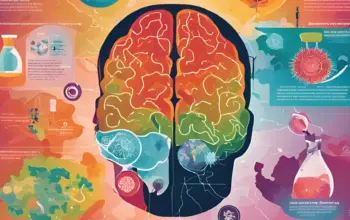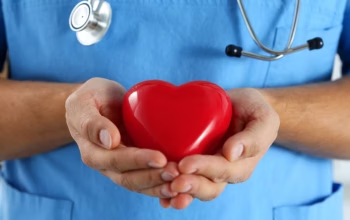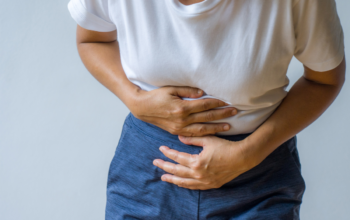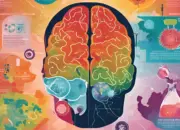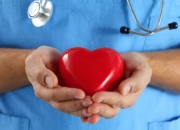Uzone.id — Sudden unexpected death (SUD) can be terrifying because it often strikes people who appear to be healthy. This condition refers to the unexpected fatal event that occurs only a few hours from the first symptoms.
Based on First Aid Pro, sudden death can occur at a wide range of ages but is most common in elders 60 and above, and younger adults 30 years old and below.
In some countries like Australia, sudden death is one of the major public health concerns with thousands of fatalities every year.

“The common contributors to these alarming rates are diseases related to heart function,” quoted from First Aid Pro.
It’s essential to understand the risks and causes behind it, so we can be more aware and take steps to protect ourselves. Now, let’s take a look at five common causes of SUD, what they mean, and how to potentially prevent them.
Sudden Arrhythmic Death Syndrome (SADS)
Sudden Arrhythmic Death Syndrome, also known as SADS, happens when the heart’s rhythm goes haywire due to an undetected heart condition. By these conditions, someone can suddenly die from a cardiac arrest with no obvious reason for it.
“SADS is linked to electrical problems in the heart, often caused by inherited heart conditions. It can take the lives of young, seemingly healthy people with no prior symptoms, leaving families shocked and devastated,” quoted from the same source.
People with SADS may seem completely healthy, which is why it’s so unexpected. ITN Business and British Heart Foundation stated that in the UK, it is estimated that around 600 young people under the age of 35 die each year from undiagnosed heart conditions, many of which are attributed to sudden arrhythmic death syndrome, or SADS.
SADS often affects young people, particularly those under 40, even in the UK, around 12 people under 35 die every week from an undiagnosed heart condition.
People with a family history of unexplained deaths or fainting spells need to be checked out by a cardiologist. This is one of the prevention methods and also the only way to know about your body’s condition–especially the heart.
Cardiac Arrest
Cardiac arrest happens when the heart suddenly stops beating. It’s one of the most common causes of sudden death, affecting thousands of people each year. Heart.org reported that more than 436,000 cardiac arrest deaths occur each year in the U.S.
“Cardiac arrest is the abrupt loss of heart function in a person who may or may not have been diagnosed with heart disease. It can come on suddenly or in the wake of other symptoms. Cardiac arrest is often fatal if appropriate steps aren’t taken immediately,” Heart.org added.
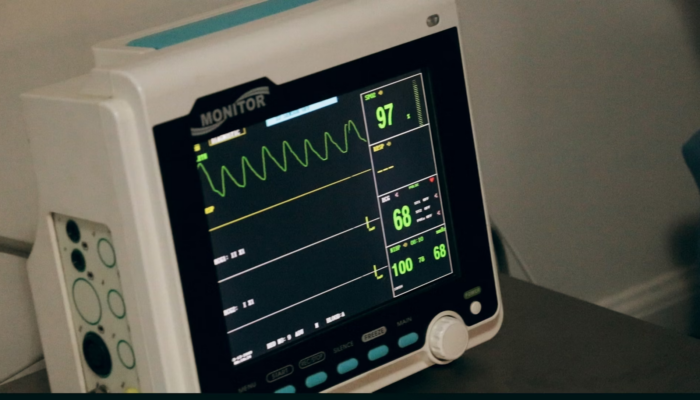
Cardiac arrest is different from a heart attack. While a heart attack may cause cardiac arrest, the two aren’t the same. A heart attack happens when blood flow to the heart is blocked, causing part of the heart muscle to die. It’s a serious circulation problem and can be life-threatening.
“Cardiac arrest can occur without warning and within minutes. It’s crucial to know the symptoms like fainting or dizziness, even if they seem minor,” said Dr. Dhanunjaya Lakkireddy, a cardiologist at the Kansas City Heart Rhythm Institute.
According to the American Heart Association, CPR can double or triple a person’s chance of survival in the event of cardiac arrest. That’s why learning basic life support like CPR techniques is so important.
Pulmonary Embolism
Pulmonary embolism (PE) is another leading cause of SUD. It occurs when a blood clot blocks one or more arteries in the lungs. This can prevent oxygen from reaching the body’s vital organs, leading to sudden death if not treated in time.
“Without quick treatment, a pulmonary embolism can cause heart or lung damage and even death. About 33% of people with a pulmonary embolism die before they get a diagnosis and treatment,” quoted from Cleveland Clinic.
According to the Centers for Disease Control and Prevention (CDC), 60,000 to 100,000 Americans die from PE each year, and it often comes without warning. Symptoms may include shortness of breath, chest pain, or coughing up blood.
Experts recommend staying active, especially on long flights or car rides, to reduce the risk of blood clots. Other precautions are to drink plenty of fluids–limiting alcohol and caffeine, not use tobacco products, avoiding crossing your legs, and do not wear tight-fitting clothing.
Also, try getting to a weight that’s healthy for you, elevating your feet 30 minutes twice a day, and talk to your provider about reducing your risk factors and a vena cava filter.
Aneurysm Rupture
An aneurysm is a bulge in the wall of a blood vessel, and if it bursts, it can cause fatal bleeding. Aneurysms can form in different parts of the body, but the most dangerous ones are found in the brain (cerebral aneurysm) and the aorta (aortic aneurysm). The rupture of these aneurysms can result in instant death.
While some people may experience warning signs like a severe headache or chest pain, others have no symptoms at all, and it can lead to SUD.
According to the Mayo Clinic, Brain aneurysms affect millions of people, with 6.7 million in the U.S. and globally causing around 500,000 deaths every year.
Some people are at higher risk. Dr. Chris Fox specializes in endovascular and cerebrovascular neurosurgery at Mayo Clinic said there’s likely a genetic component, something that predisposes individuals to developing an aneurysm, and then perhaps a secondary injury to the blood vessel.
Other factors are high blood pressure, hypertension, smoking, and some other environmental factors.
Prevention includes managing risk factors like high blood pressure and not smoking. Dr. David W. Newell, a neurosurgeon, says, “Lifestyle changes and regular health check-ups can go a long way in preventing aneurysm ruptures.”
Stroke
While most people associate strokes with long-term disabilities, strokes can also cause sudden death if they’re severe enough. Based on the American Heart Association Journal, strokes account for 10 to 20% of all sudden deaths.
“Stroke is the fifth leading cause of death in people aged 15 to 59 years globally, and it is among the most common causes of sudden non-cardiac death in the young,” quoted from Sage Journals.
Strokes happen when the brain’s blood supply is interrupted, either by a clot (ischemic stroke) or bleeding in the brain (hemorrhagic stroke). This lack of oxygen can quickly cause brain damage and lead to death.
The National Stroke Association notes that strokes kill nearly 140,000 Americans each year. The key to surviving a stroke is recognizing it fast. The acronym FAST (Face drooping, Arm weakness, Speech difficulty, Time to call 911) is a simple way to remember the warning signs.
“Time is critical when dealing with strokes,” says Dr. Ralph Sacco, a neurologist. “The sooner you get help, the better your chances of survival.

